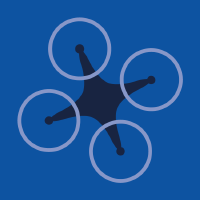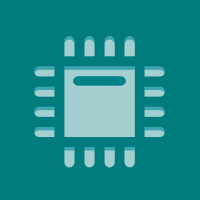Topic Editors

Machine Learning in Internet of Things II
Topic Information
Dear Colleagues,
Significant technological developments in the fields of machine learning and technology contribute to the expansion of the Internet of Things (IoT). The capabilities of knowledge extraction, data analysis, classification and inference are used in many systems. Research and implementation development allow us to expand the boundaries of machine learning applications. In the context of IoT, this will enable increasing the possibilities of automation, reasoning and decision-making based on the acquired data.
In recent years, there have also been other directions of development, such as digital twins and communication, which are very important. We dedicate this second edition to subsequent publications focused on intelligent solutions in the Internet of Things. Scientific research can focus on various applications in IoT, as well as on machine learning methods that are applicable to a broad range of smart materials.
Dr. Dawid Połap
Prof. Dr. Robertas Damaševičius
Topic Editors
Keywords
- 5G/6G
- artificial intelligence
- augmented reality or virtual reality
- bioinformatics
- biosensors
- biomarkers
- computational intelligence
- data augmentation, data fusion and data mining
- decision support systems and theory
- digital twins
- drone application
- edge computing
- explainable AI federated learning
- federated learning
- fuzzy logic/systems
- heuristic
- hybrid systems
- internet of things
- machine learning
- mobile applications
- smart solutions
- swarm intelligence
- transfer learning
Participating Journals
| Journal Name | Impact Factor | CiteScore | Launched Year | First Decision (median) | APC | |
|---|---|---|---|---|---|---|

AI
|
3.1 | 7.2 | 2020 | 18.9 Days | CHF 1600 | Submit |

Drones
|
4.4 | 5.6 | 2017 | 19.2 Days | CHF 2600 | Submit |

Electronics
|
2.6 | 5.3 | 2012 | 16.4 Days | CHF 2400 | Submit |

IoT
|
- | 8.5 | 2020 | 27.8 Days | CHF 1200 | Submit |

Machine Learning and Knowledge Extraction
|
4.0 | 6.3 | 2019 | 20.8 Days | CHF 1800 | Submit |

Sensors
|
3.4 | 7.3 | 2001 | 18.6 Days | CHF 2600 | Submit |

MDPI Topics is cooperating with Preprints.org and has built a direct connection between MDPI journals and Preprints.org. Authors are encouraged to enjoy the benefits by posting a preprint at Preprints.org prior to publication:
- Immediately share your ideas ahead of publication and establish your research priority;
- Protect your idea from being stolen with this time-stamped preprint article;
- Enhance the exposure and impact of your research;
- Receive feedback from your peers in advance;
- Have it indexed in Web of Science (Preprint Citation Index), Google Scholar, Crossref, SHARE, PrePubMed, Scilit and Europe PMC.
Related Topic
- Machine Learning in Internet of Things (15 articles)


